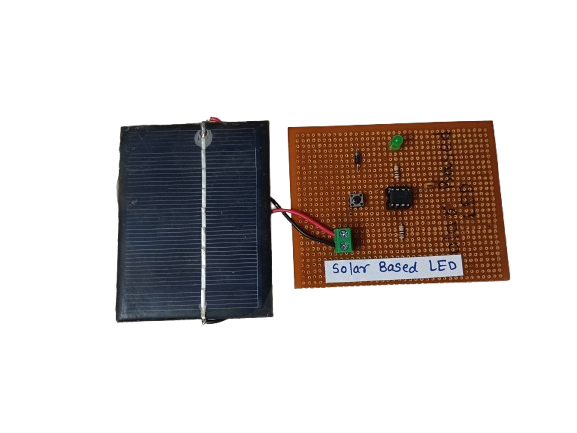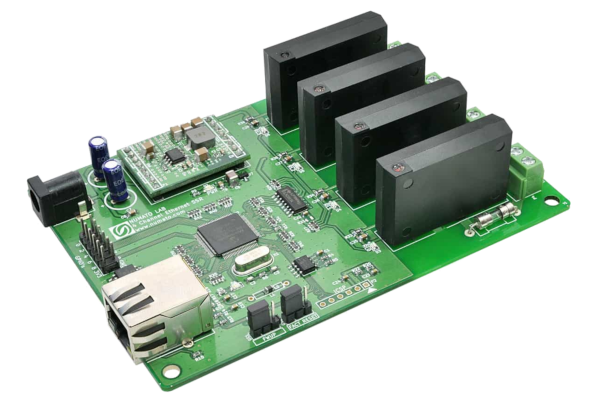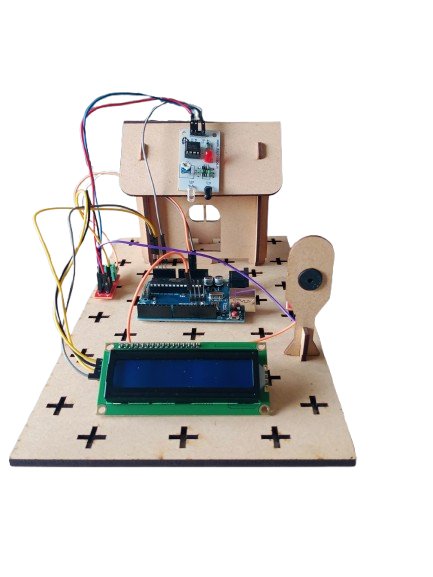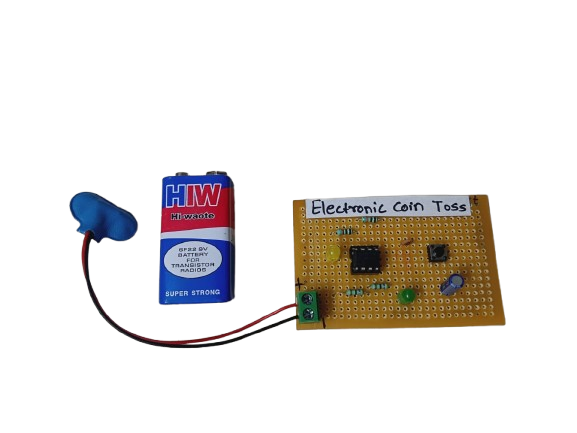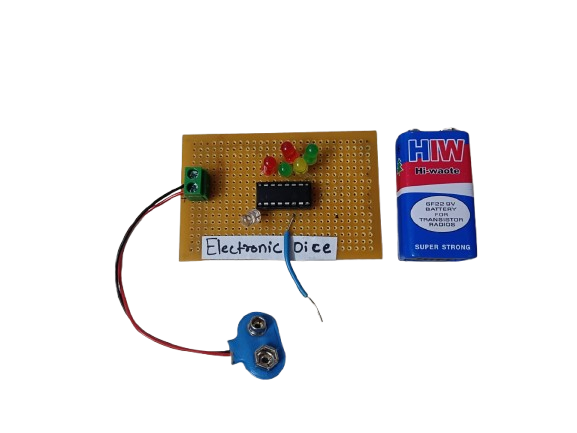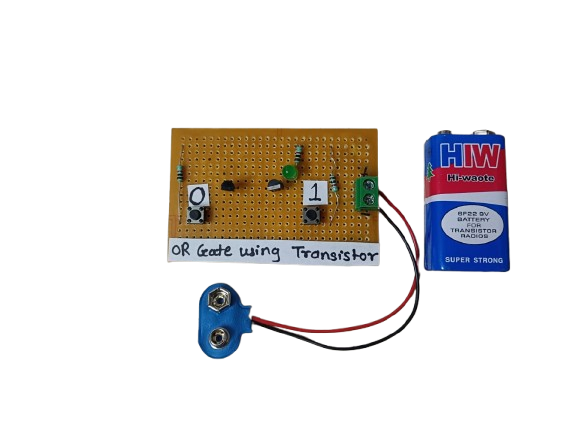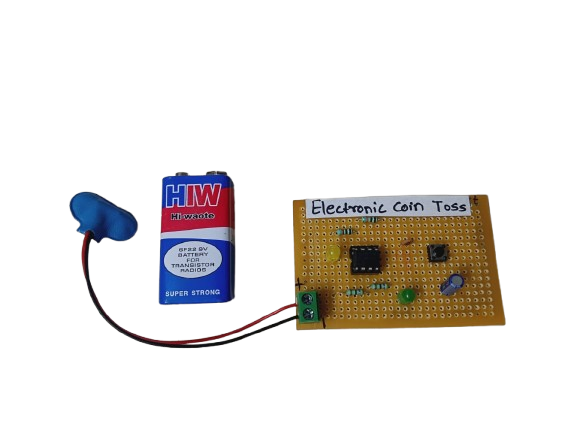Heartbeat Detector
₹450.00
In StockA heartbeat detector is an essential device for monitoring heart health, providing real-time data about a person’s pulse rate. Whether in a hospital, gym, or a DIY electronics project, it demonstrates how biomedical signals can be measured and processed using sensors and electronics. It’s a valuable tool for both personal health awareness and professional medical diagnostics.
Description
A heartbeat detector is a biomedical instrument that plays a crucial role in health monitoring systems, used to measure a person’s pulse rate non-invasively. These devices are designed to detect the small physical or optical changes in the body caused by the rhythmic contraction and expansion of the heart.
The most common method uses a pulse sensor with a photoplethysmography (PPG) principle:
- An infrared (IR) LED shines light into the skin.
- A photodetector (photodiode or phototransistor) measures how much light is absorbed or reflected, which changes with blood volume.
- Each pulse causes a small fluctuation in the signal, which is processed using filters and amplifiers to detect heartbeats.
Other methods use piezo sensors that detect pressure changes in the arteries, or even ECG electrodes for higher accuracy.
Heartbeat detectors can be standalone devices or part of larger systems, such as fitness trackers, smartwatches, or patient monitoring systems.
-
A solar-based LED system is a lighting setup that uses solar energy to power LED (Light Emitting Diode) lights. During the day, a solar panel captures sunlight and converts it into electrical energy, which is stored in a battery. At night or in low-light conditions, this stored energy powers the LED light.
These systems are eco-friendly, cost-effective, and ideal for off-grid or outdoor applications like street lighting, garden lights, and emergency lighting.
₹250.00 -
A Visitor Counter automatically counts the number of people entering or leaving a room using an IR sensor. The count is displayed on a 16×2 LCD, and a buzzer can alert when a specific limit is reached. This project is widely used in shops, libraries, offices, and events to monitor occupancy. It demonstrates sensor interfacing, counting logic, and real-time display using Arduino.




